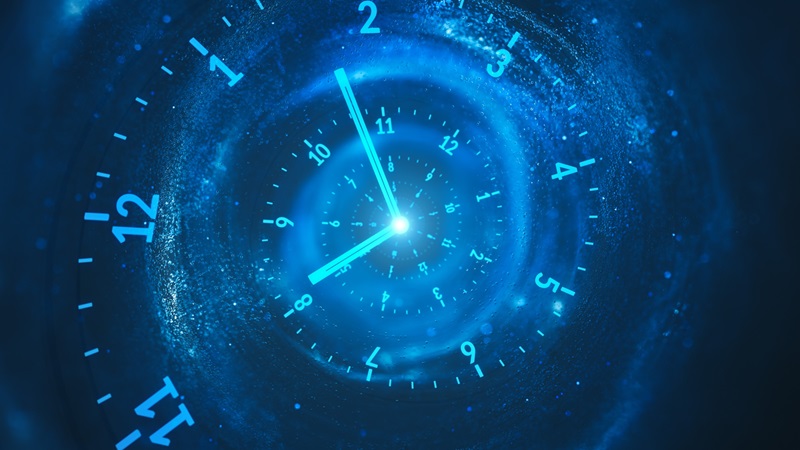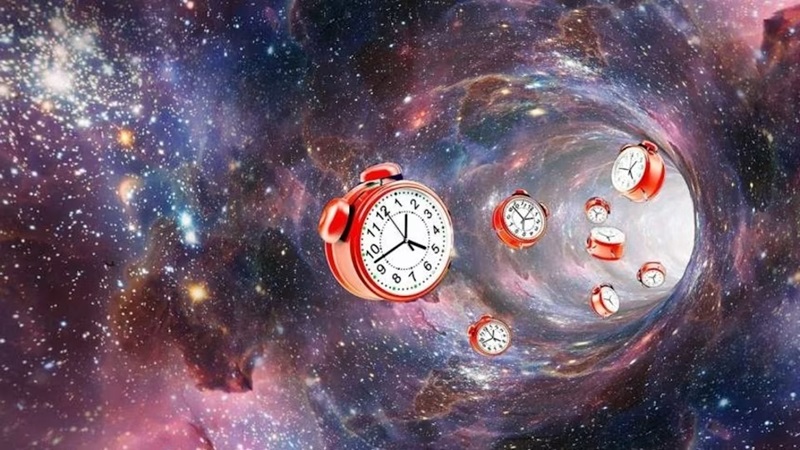If you think your travel stories are less than stellar, just imagine being stuck in space for 52 days. The isolation, the confinement, the lack of fresh air or sunlight — it’s enough to drive anyone mad. Astronauts who have experienced long-duration space missions can attest to the mental and physical challenges of being cooped up in a small spacecraft for weeks on end.
The monotony of the daily routine, the constant hum of machinery, the limited contact with loved ones back on Earth — it all takes a toll on the human psyche. And let’s not forget the potential dangers of space travel, from equipment malfunctions to radiation exposure to the ever-present threat of micrometeoroids. It’s a high-stakes game of survival, played out in the vast expanse of outer space.
So next time you find yourself complaining about a delayed flight or a lost suitcase, just remember: it could be worse. You could be stranded in space, with no way home and no one to hear your cries for help. The next time you feel like your travel experiences are less than ideal, just be grateful that you’re not floating through the vacuum of space, with nothing but your thoughts and the distant stars for company.

The Challenges of Extended Space Missions: What It’s Like to Be Stuck in Orbit
Extended space missions present a unique set of challenges for astronauts, both physically and mentally. One of the most daunting aspects of being stuck in orbit for an extended period of time is the isolation and confinement that comes with living in a small, enclosed space with a limited number of people. Astronauts must learn to cope with the lack of personal space and privacy, as well as the constant proximity to their fellow crew members.
This can lead to feelings of claustrophobia and cabin fever, which can be exacerbated by the lack of contact with loved ones back on Earth. Additionally, the monotony of daily life in space can take a toll on an astronaut’s mental well-being, as there are no changing seasons, weather patterns, or landscapes to provide variety and stimulation.
The constant exposure to artificial lighting and recycled air can also disrupt an astronaut’s circadian rhythms and sleep patterns, leading to fatigue and irritability. Furthermore, the physical toll of living in microgravity for an extended period of time can cause muscle atrophy, bone density loss, and other health issues that must be carefully monitored and managed. Overall, the challenges of extended space missions require astronauts to possess a strong sense of resilience, adaptability, and teamwork in order to successfully navigate the unique demands of life in orbit.
Psychological and Physical Effects: How Astronauts Cope with Long-Term Isolation
One of the most challenging aspects of being an astronaut is coping with long-term isolation in space. The psychological and physical effects of isolation can take a toll on an astronaut’s mental and physical well-being. Astronauts are often separated from their loved ones for extended periods of time, which can lead to feelings of loneliness and isolation.
Furthermore, the confined and restricted environment of a spacecraft can exacerbate feelings of claustrophobia and anxiety. To cope with these challenges, astronauts undergo rigorous training in psychological resilience and stress management techniques. They also have access to mental health professionals who can provide support and guidance. In addition to the psychological effects of isolation, astronauts must also contend with the physical effects of living in a microgravity environment.
Prolonged exposure to microgravity can lead to muscle atrophy, bone density loss, and cardiovascular deconditioning. To combat these physical effects, astronauts adhere to strict exercise regimens and dietary guidelines. They also undergo regular medical check-ups to monitor their health and well-being.
Despite the challenges of long-term isolation in space, astronauts are resilient and resourceful individuals who are able to adapt and thrive in even the most extreme environments. Through a combination of training, support, and self-care practices, astronauts are able to maintain their mental and physical health while living and working in space.

Lessons Learned from Spacebound Stays: How Space Agencies Are Improving Future Missions
Over the years, space agencies have conducted numerous missions that have involved astronauts staying in space for extended periods of time. These spacebound stays have provided valuable insights and lessons that have helped in improving future missions.
One of the key lessons learned is the importance of physical and mental health of astronauts during long-duration space flights. Space agencies have implemented various strategies to address these concerns, such as providing regular exercise equipment and psychological support to astronauts.
Another lesson learned is the need for better communication systems and protocols to ensure seamless communication between astronauts and mission control. Space agencies have been working on developing advanced communication technologies to address this issue.
Additionally, space agencies have also learned the importance of sustainable living in space. With limited resources and space, astronauts need to be mindful of their consumption and waste disposal practices. Space agencies have been researching and implementing various technologies to recycle water, produce food, and manage waste in space. These efforts are crucial for ensuring the long-term sustainability of human presence in space.
Furthermore, space agencies have realized the importance of international collaboration in space missions. By working together with other countries and agencies, space agencies can pool resources, share knowledge, and achieve common goals more efficiently. This collaboration has led to the development of joint missions, such as the International Space Station, where astronauts from different countries live and work together in space.
In conclusion, the lessons learned from spacebound stays have been instrumental in shaping the future of space exploration. By addressing issues related to astronaut health, communication, sustainability, and international collaboration, space agencies are continuously improving their capabilities and preparing for more challenging missions in the future. These lessons will be invaluable in ensuring the success and safety of astronauts in space.

Stories from the Crew: Personal Accounts and Reflections on the 52-Day Ordeal
The book «Stories from the Crew: Personal Accounts and Reflections on the 52-Day Ordeal» offers a raw and emotional look into the experiences of the crew members who were involved in a long and grueling journey. The accounts shared in this book provide a glimpse into the challenges and hardships that the crew faced during this tumultuous time.
Each crew member shares their unique perspective and reflections on the events that unfolded during the 52-day ordeal. From the captain to the deckhands, each individual recounts their personal struggles and triumphs as they navigated through the uncertainty and danger that surrounded them.
These stories offer a profound insight into the human spirit and resilience, as well as the bonds that were formed between the crew members during this trying time. Through their personal accounts, the crew members shed light on the sacrifices and courage that they exhibited in the face of adversity.
The reader is taken on a journey of survival, camaraderie, and ultimately, redemption as the crew members share their reflections on the events that forever changed their lives. «Stories from the Crew» is a testament to the strength of the human spirit and the power of unity in the face of overwhelming odds.
